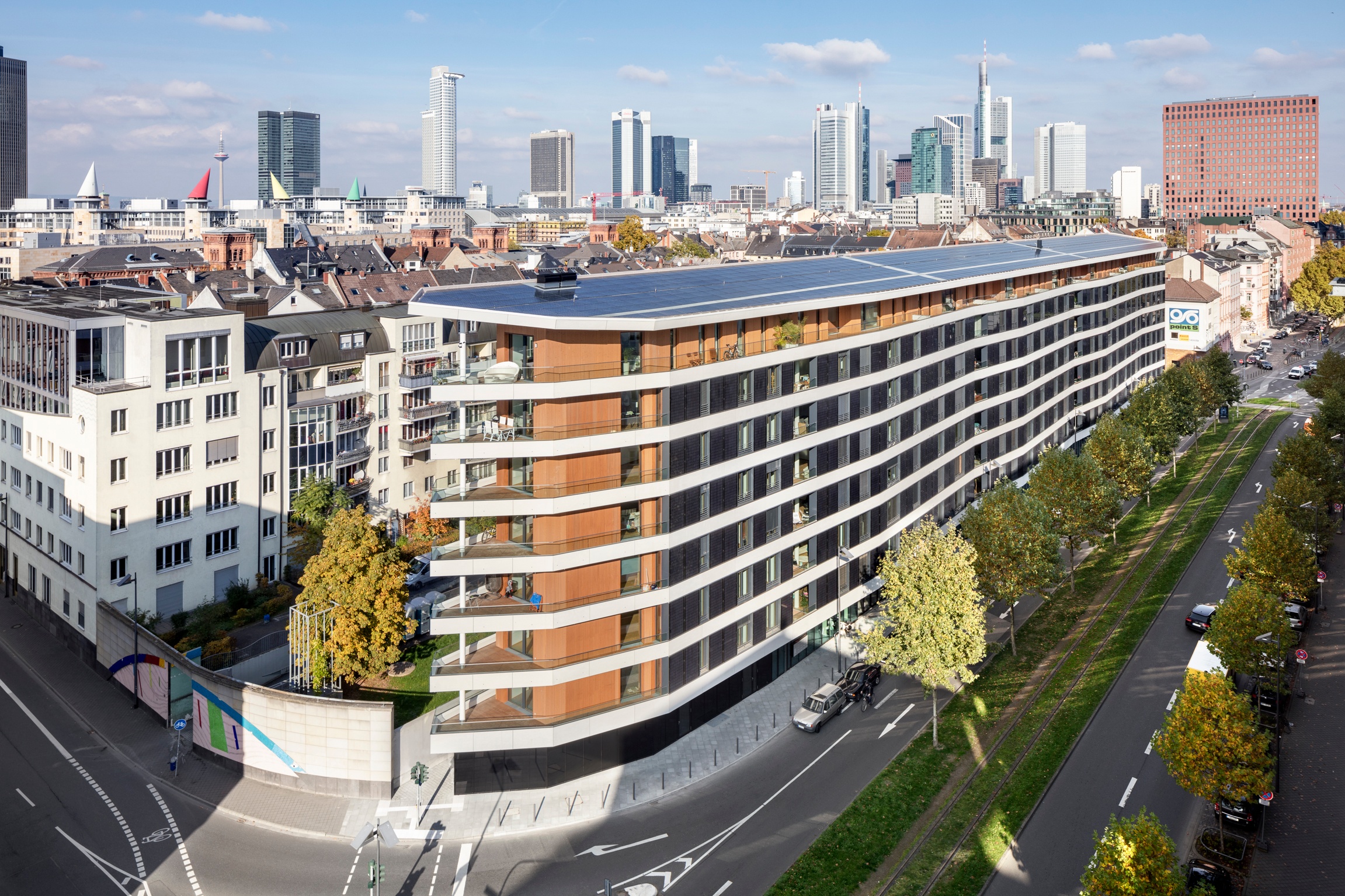Increasingly, clients call for greater transparency in calculations in order to realize new buildings and redevelopments cost-efficiently. For this, planning offices need efficient cost management, covering all work phases from project development via the planning and implementation phase through to commissioning. Building Information Modeling (BIM) can support architects and civil engineers in this.

© Pixabay, CC0, https://pixabay.com/de/freizeitpark-rendering-1026358/
What does cost management mean?
Cost management covers the cost objective, costing and cost monitoring. Based on the budget specified by the client the architect defines a cost framework. This is based on values from the BKI database for building costs or on other cost key values such as areas, volumes or space allocation plans. It provides the builder with a decision-making tool for the cost-efficiency and financial feasibility of the project.
Contemporary creation of shuttering, reinforcement and prestressing plans for ferroconcrete in a 3D-Model.
This is followed by a cost estimate in accordance with DIN 276. It contains the results of the preliminary planning, the quantities in accordance with DIN 277 and the details pertaining to the site and development. This calculation is an important step on the way from the preliminary planning to design planning.
Design planning and volume calculations enable the detailed calculation of costs. Planners have two methods at their disposal: they either specify the exact costs by breaking down the construction components in accordance with DIN 276, second level, or calculate them according to the construction component catalogue, taking into consideration the specific quality standards and empirical data.
The cost estimate stems from the approval planning, on the one hand, and aids the decision about implementation planning. On the other hand, it is based on the implementation planning and prepares the award of contract. It must be updated continuously and also contains the services of other specialist planners. Listing is in accordance firstly with DIN 276, third level, and secondly in accordance with contract units. Target costs and offers can be compared. The cost statement comes following a construction phase or the entire project as part of billing.
In order to enable cost security cost monitoring is necessary. This comprises monitoring, control and forecasting. In the cost control the planning office compares the target values and actual values of the current with previous cost calculations or the budget values. If the architect finds discrepancies they can intervene and control the costs in the process. Forecasts help in particular for future building projects since the values from similar projects can be used in turn as the basis for the new cost framework.
How does BIM support transparent and efficient cost management?
These days construction projects come about in an increasingly complex environment. Stakeholders and processes specialize given new technical, infrastructural and ecological challenges. At the same time different participants such as planners, manufacturing companies, investors and builders work together on a project. The working method of Building Information Modeling supports all areas of cost management because it ensures transparency in planning and communication.
The basis for this is the uniformly digital processing of a 3D model, or BIM coordination model. The BIM coordinator, a central figure in the process, brings together the technical models of the various disciplines in this 3D model. They contain the individual components with their properties, quantities and costs. Quantity lists are automatically produced which flow into the service specifications. Cost planning is, therefore, via concrete dimensions. Even if the project is still in the design stage a less detailed technical model makes it possible to establish a relation between construction carcase costs and envisaged budget.
In addition, the BIM method enables simulations on the building, which planners can use to be able to check collisions of different construction parts or design rooms even more precisely. Necessary modifications are made early on and so more cost-efficiently than for example during the construction phase.
The BIM coordinator monitors additionally the predefined cost plans. They carry out target-performance comparisons and are able to take countermeasures if necessary. The development of the costs across the entire process from conception and implementation through to commissioning remains clear for all project participants, even laypeople. They can identify the effects of changes directly on the model.
BIM ensures greater accuracy in costing
Cost management is an extensive process. It only works efficiently when there is synergy between all three areas: cost objective, costing and cost monitoring. BIM supports planning offices in this regard throughout the entire life cycle of a building, and in particular in the early stages. The information from all disciplines flows together into a model, and costs, qualities and quantities remain transparent for all project participants.





